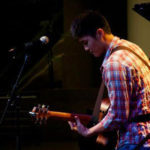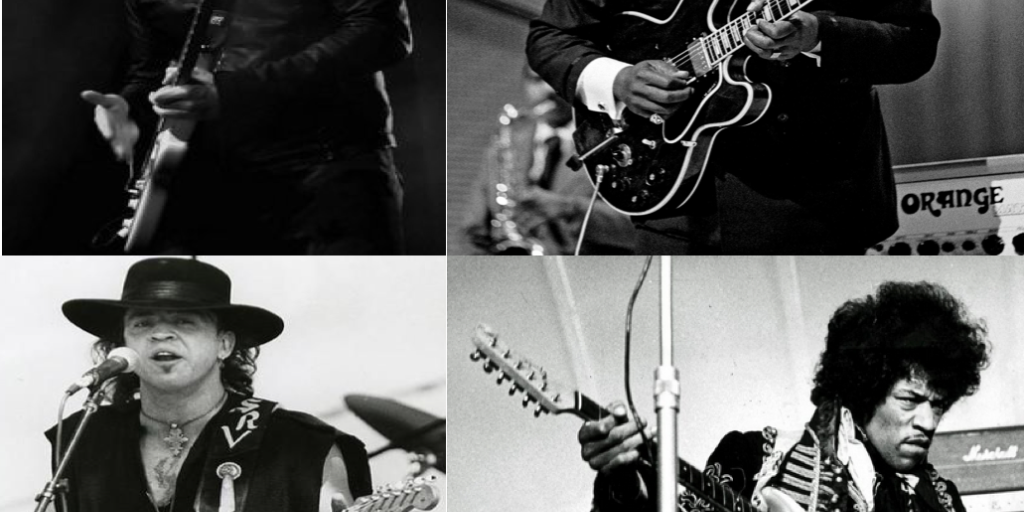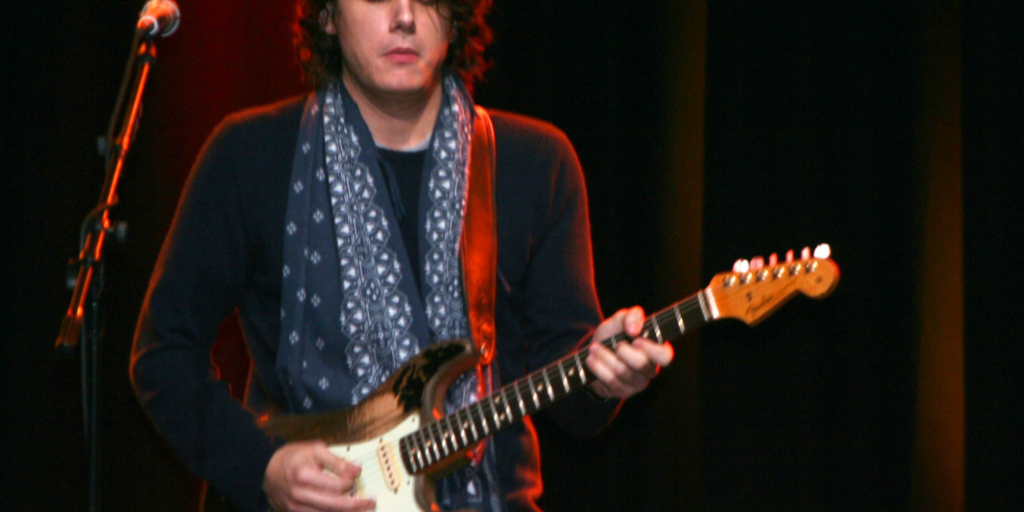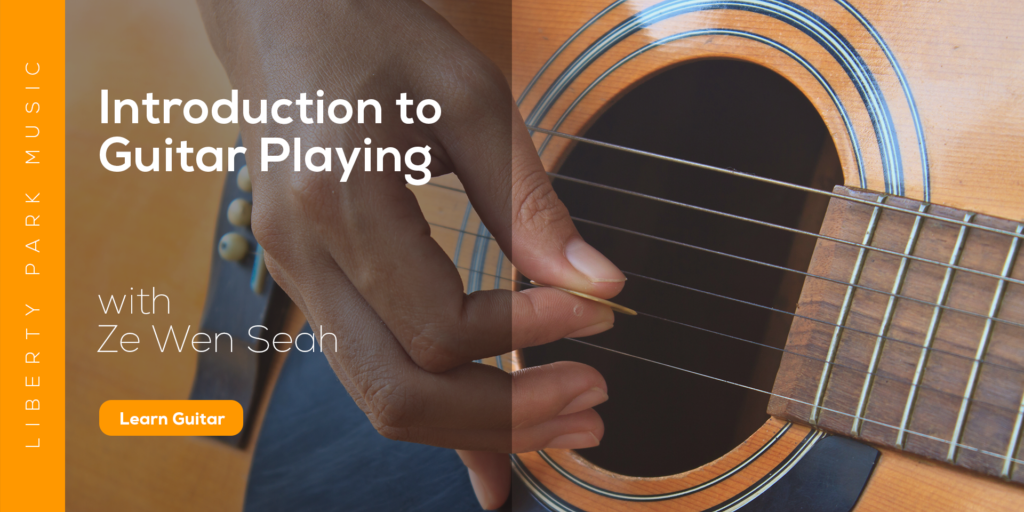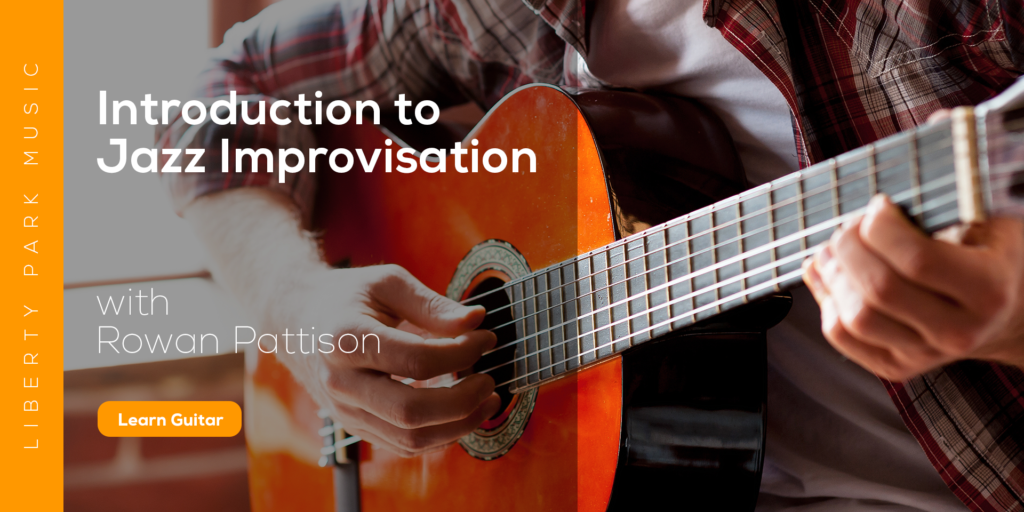
John Mayer is arguably one of the most influential guitarists of our generation. While he has mentioned that he doesn’t believe that he is as impactful or creative as someone like Jimi Hendrix, the comparison between him and Hendrix is often made by fans and even his contemporaries.
Don’t get me wrong though, there are actually countless guitarists out there who even Mayer himself would consider technically superior. However, we’re not just talking about technical skills here; we’re looking at a body of work that is easily digestible by the masses, yet has enough complexity to influence many young guitarists to strive for a similar tone and style. I honestly can’t count the number of guitarists I personally know who have had a John Mayer phase in their musical journey.
There are many factors that go into John Mayer’s tone and playing style. These factors include things like his musical influences, technique, and gear.
This article will focus solely on his gear, and more specifically, the guitars and amplifiers that he uses. We’ll check out his guitar pedals in a future article.
Guitars
For a long time, John Mayer’s image was synonymous with Fender guitars, so when he announced that he was no longer a Fender artist in 2014, the guitar community was understandably shocked. Mayer eventually cleared the air by stating that while he was leaving the company, he would continue to use their guitars. This seemed like a given as Mayer had always had an affinity with Fender Stratocaster guitars, and many of his musical heroes also used Stratocasters. The iconic chime of a Stratocaster had essentially become a hallmark of his tone.
This would explain the confusion within the community when in 2015, Mayer announced that he had joined PRS (Paul Reed Smith) guitars as an artist. While PRS makes excellent guitars, we’d never really seen Mayer actually use a PRS before. Additionally, the typical PRS guitar is quite different from a Fender Stratocaster. However, in the three years since his joining of PRS, we’ve seen John use several different PRS models, and he also recently released a signature model which is pretty much a Stratocaster with PRS branding.
What I’m trying to get at with all this background information is that a huge part of John Mayer’s tone comes from the Stratocaster. While he does use a variety of different guitars, he often goes back to the Stratocaster. Even when he moved to another company and had free reign to design a new signature model, he ended up with a Stratocaster-style guitar.
Now let’s get a little more specific with the different models of Stratocasters, as well as the other guitars that he uses from other brands besides Fender and PRS.
Fender
One of the first electric guitars that John Mayer bought for himself was a Stevie Ray Vaughan signature model. It is well documented that Stevie Ray Vaughan was a huge influence on Mayer’s playing style, especially for the Blues. He even has a tattoo of the initials “SRV” on his upper arm. The story goes that he worked for a year at a gas station after graduating from high school in order to pay for the guitar and to this day he can be seen using it. In fact, his own Fender signature model is largely based around the SRV signature model. The SRV signature model is still widely available for purchase, and it doesn’t cost a fortune (compared to other signature models).
Possibly the most iconic guitar that John Mayer possesses is simply known as “The Black One.” It’s actually gotten to the point where the guitar has gained some notoriety itself. The unique “relic” finish (where much of the paint on the body of the guitar has been stripped) really separates the look of this guitar from many of his other guitars, which could be one of the reasons for its popularity amongst fans. This guitar was built to Mayer’s personal specifications by master guitar builder John Cruz, and besides John Mayer’s personal piece, 83 other identical guitars were built for customers around the world. Here is a video of Mayer talking about the design and production of this guitar. Of course, if you can even find one of these guitars in the wild, they do not come cheap. However, there also exists a Fender John Mayer Signature Series of guitars that aren’t as exclusive or expensive. While they are no longer in production (as Mayer is no longer a Fender artist), it’s actually pretty easy to find one second-hand.
All of John Mayer’s signature Stratocasters come with a 9.5 inch fretboard radius, a chunky “C” shaped neck, and his signature “Big Dipper” pickups. If you’re looking to get Mayer’s tone, then getting your hands on one of his signature guitars will definitely take you halfway there. However, they do cost quite a bit, and getting one of his signature guitars may not even be necessary as you can simply switch out the pickups on your own Stratocaster with his Big Dipper pickups. The story behind the Big Dipper pickups is that the SRV signature model that John bought for himself had incorrectly wound pickups, resulting in a mid-scooped tone. Since then, all of Mayer’s Stratocasters were built with pickups that had this characteristic.
Another really iconic guitar that John Mayer can be seen using is the Fender Jimi Hendrix Monterey Pop Stratocaster. Mayer has often mentioned what a huge influence Jimi Hendrix was for him, and he also often mentions Hendrix as being one of the greatest guitarists of all time. When you take all of that into account, it comes as no surprise that Mayer would own a Jimi Hendrix signature model. You can watch him play this gorgeous guitar in his Where The Light Is concert video.
As you can see, when it comes to Fender guitars, Mayer will usually play a Stratocaster, but he has been seen playing Telecasters too. Here is a video of him streaming on Instagram Live where he practices with a Telecaster.
Gibson
Gibson is another company that makes great guitars, and Mayer has also been seen playing many Gibsons. The most notable models that he performs with are the ES-335, L-5 CES, and SG.
Paul Reed Smith
Now let’s take a look at the most controversial of John Mayer’s guitars — the PRS Silver Sky John Mayer Signature Model. While the news of him joining PRS in 2015 was shocking enough (as he’d rarely been seen with a PRS before), the announcement and release of his new signature model under the PRS banner drew a lot of criticism, mainly because the guitar is essentially a Stratocaster with a PRS headstock and branding. However, after looking through the specifications and checking out some video demonstrations, I personally think that the guitar is a pretty good deal. While it is true that the guitar is essentially a Stratocaster, and more specifically, a copy of his Black One signature guitar, it does come at a much lower price point than the original Black One. Add in the fact that PRS is known for producing really high quality guitars and having great quality control, then it’s pretty easy to justify the existence of the Silver Sky series. Also, it’s hard to imagine a John Mayer signature model that isn’t a Stratocaster. Stratocasters and Mayer are essentially inseparable as the Stratocaster tone has become a core component of his music.
Martin
Another company that John has been working with for years is Martin Guitars, one of the oldest guitar manufacturers in the world. While he was building electric guitars with Fender and PRS, his signature series with Martin are all acoustic guitars. The John Mayer signature series with Martin includes models like the OMJM, OO-42SC, OO-45SC, OM-28JM, and the highly limited $14,999 John Mayer D-45. Besides those signature models, he has also been seen playing other Martin guitars like the DM3MD (Dave Matthews Signature), D-41, and D12-28 12 String Guitar.
You may be thinking, “Wow, that’s a lot of guitars that John Mayer uses,” but if you’re really looking to nail the most common John Mayer tone, just stick to Stratocasters (and switch out the pickups with Big Dippers) or his signature series for electric guitars, and Martin guitars for acoustics.
Amps
Amps are often thought to determine 80% of your overall tone, so getting the right amp and amp settings will often play a much larger part in achieving John Mayer’s tone. In terms of signature amp models, John has signature models with two companies: Two Rock and PRS.
Two Rock
His Two Rock signature model is simply called the Two Rock John Mayer Signature Amplifier Head, however, that model has been discontinued. That amp can still be found on the second-hand market, but you’ll be better off finding a Two Rock Custom Reverb model, which is what the John Mayer signature model is based on.
Paul Reed Smith
His PRS signature model is called the PRS J-MOD 100, and it was built and designed by Paul Reed Smith, Doug Sewell, and John Mayer. The amp was built for John’s 2017 tour with Dead and Company (a band that consists of the remaining members of The Grateful Dead and John Mayer) and it was designed to work exceptionally well with a PRS Super Eagle as a tribute to Jerry Garcia’s tone. However, the amp is also perfect for studio use and Mayer’s own solo work. The amp can often be seen being used when Mayer performs with his trio that includes Steve Jordan and Pino Palladino.
Fender
Besides the two signature models that John has with Two Rock and PRS, he is also often spotted playing with an assortment of Fender amps (no surprise there as Fender Stratocasters sound great through Fender amps). The various Fender amps that he has used over the years include a ‘65 Deluxe Reverb, ‘65 Super Reverb, Vibro-King Custom, Vibrolux, Hot Rod Blues Junior, ‘59 Bassman, 50’s Fender Twin, ‘65 Princeton Reverb, and ‘63 Vibroverb.
Learn with LPM
If you are looking to feel comfortable with playing basic major and minor chords, power chords, and apply different strumming techniques to your practices with Ze, check out his course called Rhythm Guitar
Chasing Tone
As you may have guessed by now, there are an assortment of factors that go into John Mayer’s tone. It’s probably also pretty obvious that if you want to sound exactly like him, it’s going to cost you quite a bit of money. In fact, I believe for most of Mayer’s live shows, he actually uses two different amps and blends the two sounds together to get a completely unique tone. However, don’t be discouraged! You can get pretty close without breaking the bank. If there’s anything you should take away from this article, it’s that the core components of John’s tone comes from a Stratocaster guitar and a Fender tweed amplifier. You could probably start there first, then slowly build your way up.
While we’ve only covered guitars and amps in this article, they are not the only factors that go into getting a tone that sounds like John Mayer’s. In fact, there are several other factors that may play just as big of a part as his guitar and amp, so stay tuned for future articles where we’ll look at different aspects of getting John Mayer’s sound!
Next: on John Mayer's effects pedals
Back to previous: on John Mayer's overall style and how he may help you become a better guitarist.
About the Author: Ze
Ze first began his journey playing original music and top 40s pop tunes around the country's popular venues. Eventually, through the music of John Mayer, he found a strong attraction to blues music. Ze has years of experience teaching beginners and intermediate guitarists. Currently with Liberty Park Music he is teaching Introduction to Guitar Playing for Complete Beginners, Rhythm Guitar to learn about strumming, chords and more, Guitar Essentials as a fast-track review course, and lots of Song Lessons on pop and rock hits.

